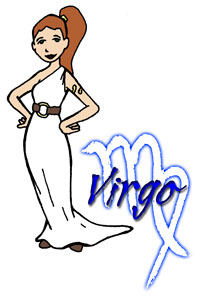I’ve been slowly coming around to an idea that’s so simple, and yet so hard to face — it’s part of what Havi would call my “Stuff,” no doubt about it.
I am overweight and out of shape — yeah, big shock, someone on the internet who isn’t in perfect health. And every day I think about how I’d like to feel better, have more energy, get all those supposed benefits of being healthy. And all you have to do to get there is eat well and exercise, right?
Except here’s the conundrum:
I have never, ever associated exercise with feeling good.
Everyone who talks about exercising says it’ll give you more energy, that exercise is the key to feeling good, that you can just find that one magic thing you love to do and it’ll make you thin and svelte and awesome.
But I’m not actually any good at any of those things. I’m awkward. I have bad knees. I was always picked last in gym class, and it’s the only class I was ever in danger of failing.
Exercise is a bad thing to me. It’s humiliation and incompetence and that horrible sick feeling you get when you’re forced to try to do things your body isn’t ready for because some authority figure thinks it should be. It’s being the worst at something, and being forced to do it over and over again anyway.
This is not something that makes me think I will feel good and have more energy. In fact, it makes me feel tired and a little sick just contemplating it.
How can I solve this conundrum? I don’t know. I have been walking a lot more, but in that way where nothing is ever good enough, that’s not really helping much anymore. It’s been a couple of years since I made the change, and so I’ve long past reached that plateau where I’m supposed to “up the intensity” or some shit. But my errands? Not that intense.
I could try to relate this to work — how still you have to do the parts that aren’t your best thing in order to do the bits you’re really good at, how a lot of businesses hit a plateau where you have to work a whole bunch more if you want to keep seeing growth, and all that. And it’s all true.
But I never had a gym teacher yell at me for not doing my marketing.








 Twitter has become the latest hot thing in social networking, and social marketing. Whether people use Twitter for friends, for business, or for some combination of the two, I’ve noticed that nobody does Twitter quite like anybody else.
Twitter has become the latest hot thing in social networking, and social marketing. Whether people use Twitter for friends, for business, or for some combination of the two, I’ve noticed that nobody does Twitter quite like anybody else.